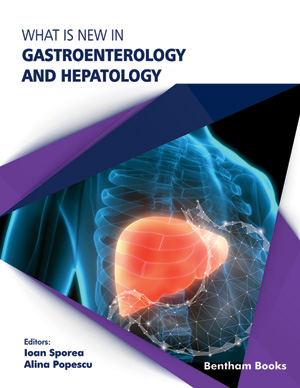Abstract
Combined hepatocellular carcinoma–intrahepatic cholangiocarcinoma (cHCC–CCA) is a primary liver cancer with features of both hepatocellular carcinoma (HCC) and intrahepatic cholangiocarcinoma (iCCA). This combined tumor represents 1% of all primary liver cancers, but recent studies have shown its increasing incidence and incidence-based mortality. The risk factors (identifiable in about 30% of the cases) are similar to those of HCC and CCA: cholestatic liver diseases, hepatobiliary flukes, toxins, liver cirrhosis of any etiology, and metabolic diseases such as obesity and diabetes mellitus. The first pathological classifications of cHCC-CCA described three types of tumors: collision, transition and intermediate tumors. Intermediate tumors develop from a cell intermediate between the hepatocyte and biliary epithelial cell. The 4th WHO classification of digestive system tumors (2010) was the first one to report cHCC-CCA as a distinct entity, with two main subtypes: classical type and cHCC-CCA with stem-cell features. The collision type was no longer accepted. In the 5th WHO classification (2019), the tumors of the subtype with stem cell features were recategorized as either HCC or iCCA. Due to the cHCC-CCA mixture of phenotype characteristics, the staging criteria have been also controversial. Presently, the cHCCCCA tumors are staged by a similar algorithm as for iCCA: the TNM staging of HCC is used for clinical applications and prognosis, and the SEER staging is used for epidemiological studies. The growing interest in molecular research, genetic biomarkers identification, diagnosis and staging of these combined tumors will eventually lead to the development of effective therapeutical approaches.
Keywords: Combined tumor, Epidemiology, Hepatocellular carcinoma, Intrahepatic cholangiocarcinoma, Pathology, Tumor staging.






















